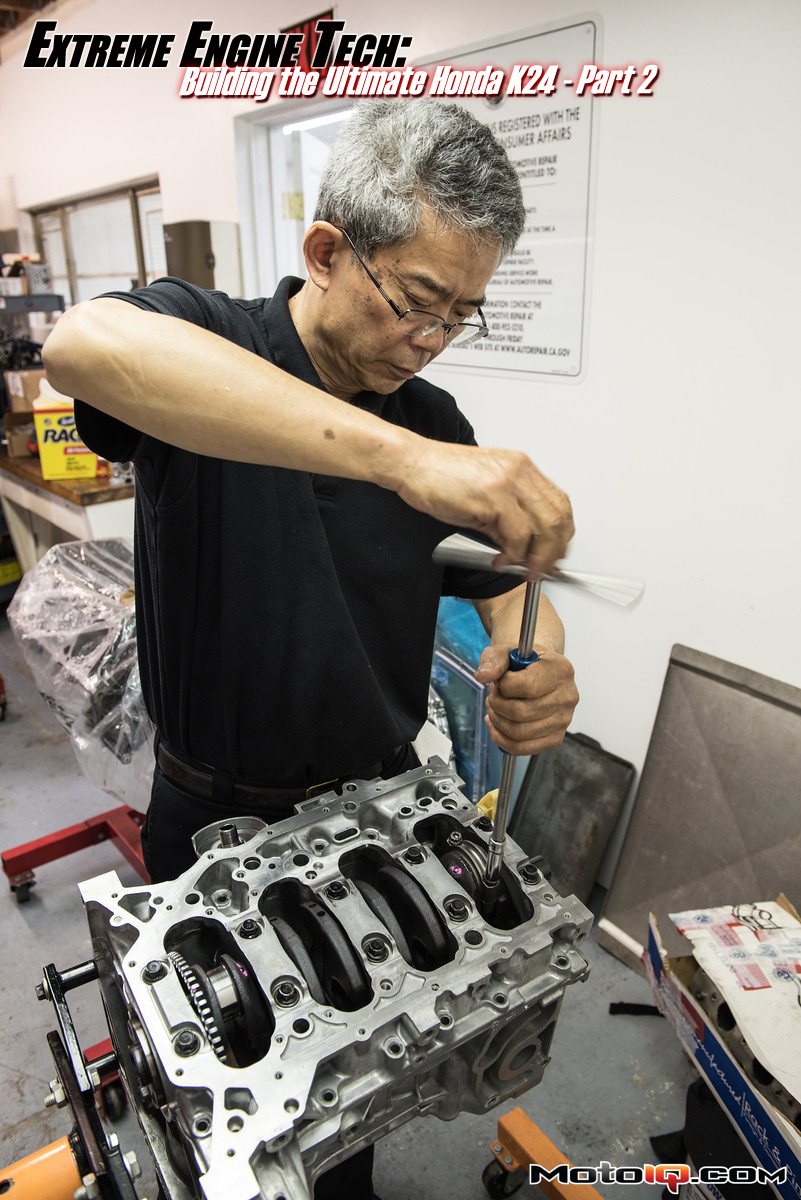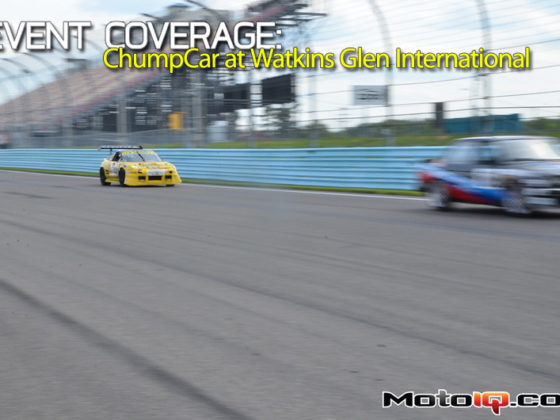In the last edition of our series, building the ultimate streetable late model K24, we had focused on the engines top end switching to an earlier model K20Z3 head with Vtec on both the intake and exhaust sides of the engine and a removable exhaust manifold – all big steps in getting more performance.
We have been questioned on our power goals. Sure we know the K motor is capable of producing a lot of power, but peak power isn’t our goal. Practical useable power is. We are not going for max power or king of the street power. We want to be able to reliably make our power on 91 octane gas, not 93 or E85. We also want to have a nice wide, very driveable powerband where the car will be on the pipe from 3000 to 8000 rpm. This is fun and practical power and we will be tuning and sizing our BorgWarner EFR turbo with this in mind.
Now we will be turning our attention to the engine bottom end, fortifying it for turbo power! Like the head, our goal will be to use off the shelf parts that are readily available and in stock at Motovicity. This engine is not some super esoteric custom build, but one anyone could easily duplicate relatively inexpensively and quickly without long back or special orders.








1 comment
Cool to see you guys using the newer k24 blocks, wished you used the head too because I wanted to see what works. I’m building a k24z3 and saw that you cut off the balance shafts, by retaining the stock oil pump system means I can still use the bottom location oil filter correct?